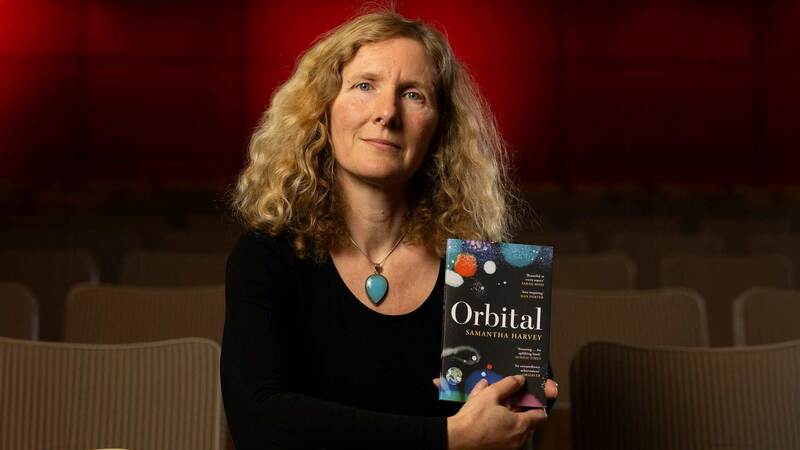You are viewing your 1 free article this month. Login to read more articles.
Diogo Mainardi on the novel he wrote for his son
I became Saint Teresa of Ávila when Tito was born. I was taken by an overwhelming love, a supernatural love, a heavenly love. If you’ve seen Bernini’s sculpture of Saint Teresa of Ávila you can easily picture what happened to me: Tito repeatedly pierced my heart with a long spear of gold and left me on fire with a great love for him. I should explain that a) Tito is my son and he was born with cerebral palsy and b) I’ve never been a passionate man. That’s what surprised me most. My rapturous love for Tito made me levitate like Saint Teresa of Ávila, but I didn’t believe in levitation, I didn’t believe in long spears of gold piercing my heart, I did believe in Bernini but certainly not in Saint Teresa of Ávila.
This feeling of ecstatic joy lasted for six years. Then I began to reason about it. The Fall is the result of that reasoning. It is always dangerous to quote Proust, especially if you are writing about a sort of memoir, but I quote Proust in the book too. He said that to extract an emotion from obscurity, you first had to convert it into an intellectual equivalent. That’s what I tried to do in the book. In order to tell the story of my passion for Tito, following his wobbly steps around the world, from Venice to Rio de Janeiro and then back to Venice, I found its intellectual equivalents in books, in paintings, in buildings, in films, in songs. The fact that my intellectual equivalents include "Abbott and Costello Go To Mars" do not completely invalidate Proust’s equation.
I had a son with cerebral palsy and it seemed right to tell you how much fun it was, and how thrilling, how joyful, and – I know it may sound a bit pompous – how meaningful. After all these years I still don’t believe in Saint Teresa of Ávila, but I firmly believe in Tito.















